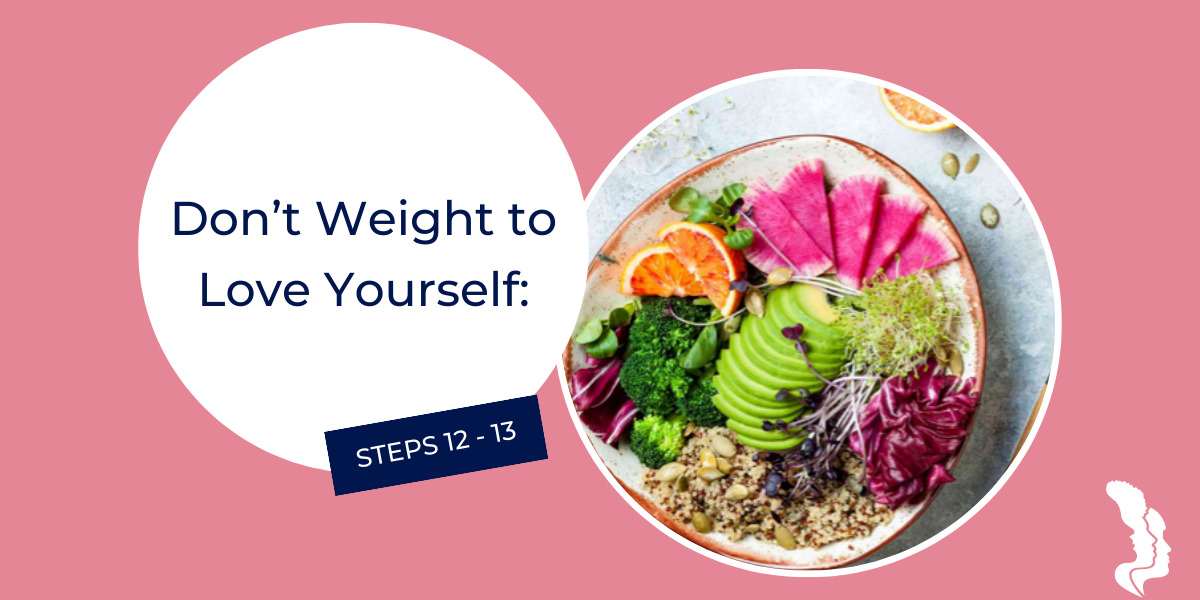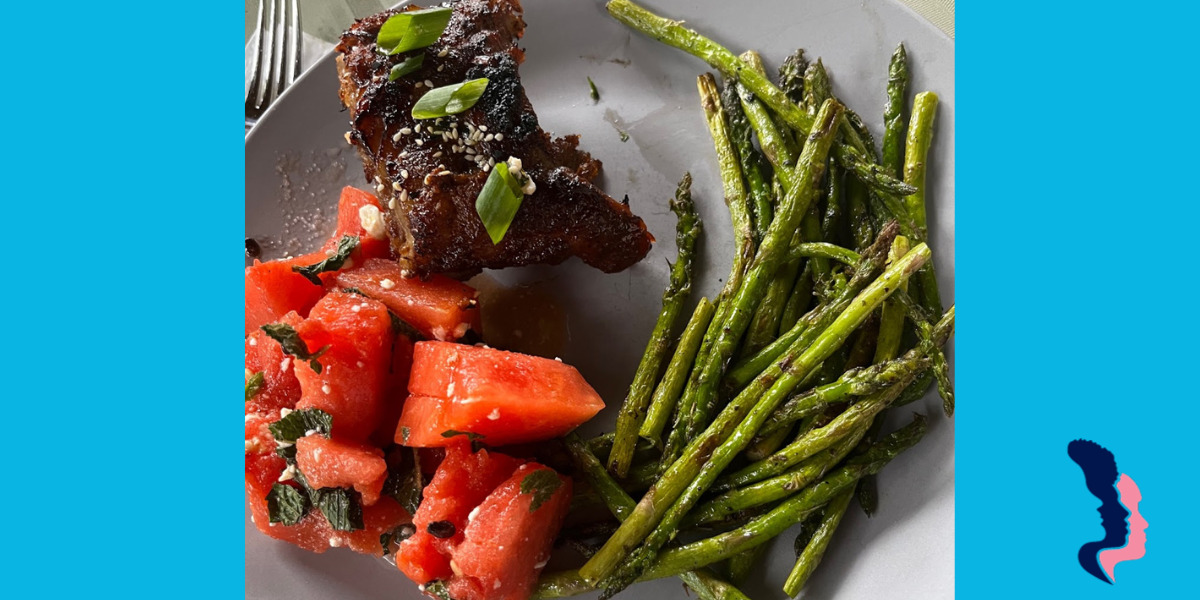Step 1: Keep a Food Journal, write down everything you eat. Step 2: Keep a…

Don’t Weight to Love Yourself: Steps 6 & 7 By: Bernadette Wagner
Step 1: Keep a Food Journal, write down everything you eat.
Step 2: Keep a Food Journal, write down everything you eat before you put it in your mouth.
Step 3: Keep a Food Journal, write down everything you eat before you put it in your mouth, plus where, when, why and with whom you eat.
Step 4: Eat whatever you want but first drink a glass of water.
Step 5: Eat whatever you want but only at the table.
Step 6: Set the table.
Step 7: Slow down, savor every bite!
As a young child, I loved to curl up on the floor of my mother’s sewing room with my sisters and watch The Rocky and Bullwinkle Show, especially the cartoon dramatizations of famous Aesop Fables. I best remember the cartoon rendering of the Tortoise and the Hare and the lesson it imparted, “Slow and steady wins the race.” Embracing the message of that silly cartoon, that consistent, effective efforts lead to success, shaped much of my approach to life.
When my mother told me that I would always have a weight problem and that I shouldn’t wait to love myself until I was some ideal weight, I said, “Okay, no more self-loathing! No more weighing myself! No more fad diets.” But I also made a commitment to consistently practice new ways of relating to food. I won’t review previous steps mentioned in earlier blogs because today I want to emphasize that “slow and steady really does win the race.”
By that I mean, it was important for me not to expect my ingrained eating habits to change overnight. They were learned and developed over years and I knew it would require great intentionality, practice, humility, and time to change them. As previously mentioned, I had promised myself to eat only at the table, but I wanted to be even more deliberate in replacing bad habits with healthy ones. So, over the next month, I committed to setting the table before eating. Yep, even if I was just going to eat three chocolate chip cookies at midnight, I set out a plate, napkin, and a glass of water. Of course, it meant I washed a lot more dishes, but I didn’t care! I was breaking the conditioned response between craving a cookie and consuming it. I was practicing intentionality and developing new and improved eating habits.
The next step was a little easier for me to put into practice. I pledged to eat more slowly to allow time for my brain and stomach to communicate. According to Erma Levy, a research dietitian at MD Anderson, “It takes about 20 minutes for your brain to send a signal to the stomach to let you know that you’re full. Overeating occurs when you continue to eat beyond this point of fullness.” For me, decelerating the pace of eating resulted in an unexpected gift. I learned to savor food. For the first time, I was aware of more than just the taste of the foods before me. I began to appreciate the colors, aromas, and textures on my plate.
Forty-five years ago, no one had yet coined the term “mindful eating”, but I know now that that is what I was learning to do. Over the next couple of blogs, I’ll share the mindfulness strategies that were most helpful to me. I was no longer obsessed with losing weight. Instead, I was focused on slowly learning and steadily practicing healthy eating habits that I hoped would improve my health and knew would make that old tortoise proud!



